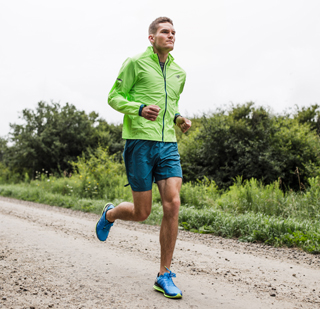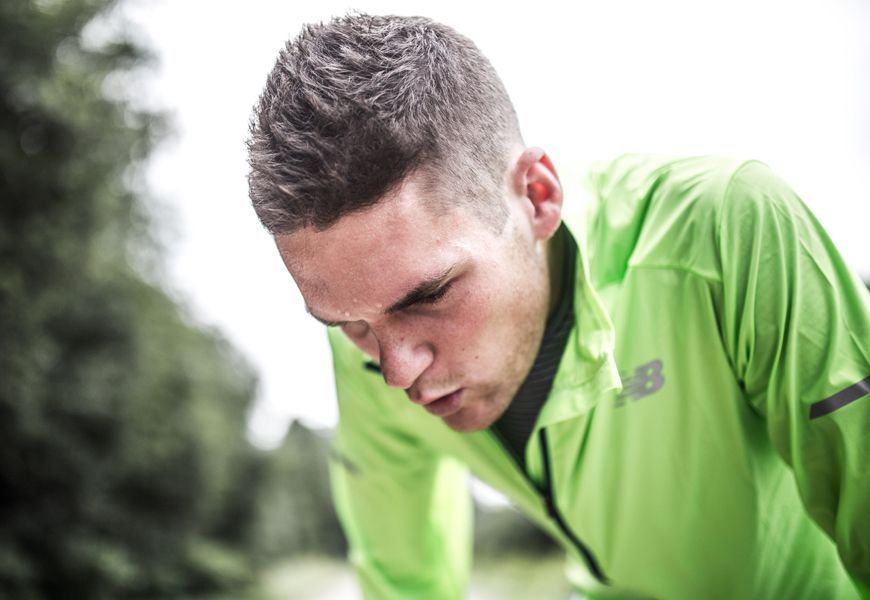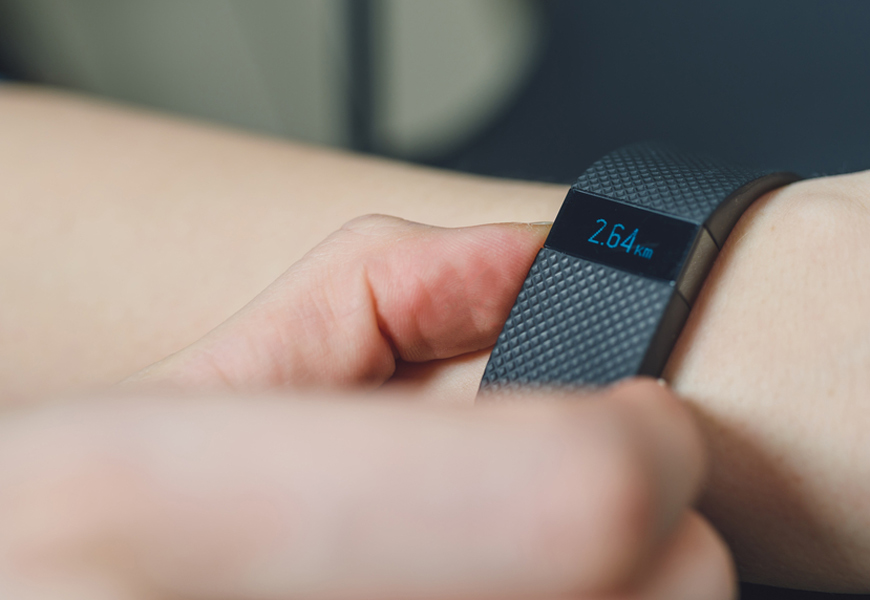Following the right training plan for running a marathon is crucial to a successful race day, but it’s not the only piece of the puzzle. With the Scotiabank Toronto Waterfront Marathon (which is both an IAAF Gold Label race and the Canadian Championship) fast approaching we asked New Balance athlete Trevor Hofbauer for a few tips to running a successful marathon.
Whether you are gearing up for your first marathon or your 10th, 42.195 kilometres (26.2 miles) is as much a mental battle as it is a physical one.
Here are five marathon tips from Hofauer that will help you get through your weeks of training and ultimately the big day.
Have a positive mindset
To properly run a successful marathon (or race of any distance), one must train the mind to overpower your own physical limitations. Training can be tough and some days may not go as you would hope for, but keep a positive mindset and focus on your big picture goals. The difference between being a good version of yourself and being the best version of yourself is the image you paint in your head.
Wear proper running gear
Training with the proper running gear is an essential part to staying healthy leading up to race day.
Proper footwear is like having proper tires on your vehicle. My preferred race day shoe is the New Balance 1400v5. Make sure to ask for advice from your local independent running store for proper sizing and fit before you purchase shoes. The proper fit will prevent the likelihood of painful blisters on race day. It’s also important to have 2 or 3 pairs of shoes that you rotate through per week so your foot doesn’t get accustomed to one specific feel/fit, therefor making you a stronger, less injury-prone runner by activating certain muscle groups.
When should you replace your worn-out shoes? That question is asked frequently. Because height and weight ranges from person to person, I don’t like to say a certain number of kilometers is the right way to judge when your shoes need to be replaced. I conduct the twist test and if my New Balance shoes can easily twist 180 degrees, they’re worn out. Another good test is by pushing into the midsole at the forefoot. If the shoe can easily take the shape of a ‘V’, they’re in need of replacement.
Not to be overlooked, apparel also has its place to benefit you. Athletic apparel is made from a blend of polyester, nylon, spandex, and cotton to improve breathability and improve sweat management. Old 100% cotton shirts absorb moisture like a sponge and take a long time to dry. The material and athletic fit of current shirts do a great job of dispersing moisture to evaporate rapidly.

Prioritize rest over training too hard
Life can (understandably) get busy. Balancing life with work, family, friends and training can be overwhelming, leaving you in a difficult position to get the right amount of rest. Listen to your body and if you’re feeling too fatigued, it’s more beneficial for your race day to rest rather than push through another hard work out. I think North American society is pressured into doing more and working harder than everyone else. Maybe it’s time to train smarter than others and rest when your body is telling you to do so.
Do the small things really well
As an extension to rest, be sure to stretch and/or foam roll after activity. There’s a lot of contracting opinions on the benefit of stretching and foam rolling, so my only advice is to do what you feel benefits you the most. I typically foam roll 4-5 times a week and stretch out after every run, therefor I feel more elastic and recovered for the next day. Cross training (dynamic stretching, plyometrics, weight training) can also fit into this mix as it benefits your overall strength and will make you less injury-prone.
Overall, anybody can go outside a run a lot of kilometers, but what you do to maximize your recovery through stretching/foam rolling/cross training will benefit you the most for a successful race day.
Don’t do anything new on race week
My number one tip for a successful race is this one: don’t do anything new on race week. Don’t try new foods, new nutrition products, new shoes, new clothing, on race week. Plan your weeks well in advance and believe that what you’ve done up to race week is enough to make you successful on race day.












